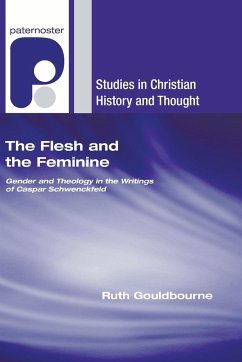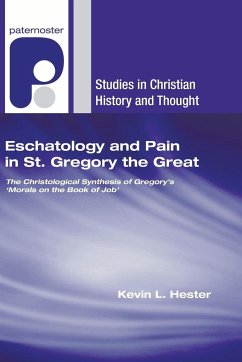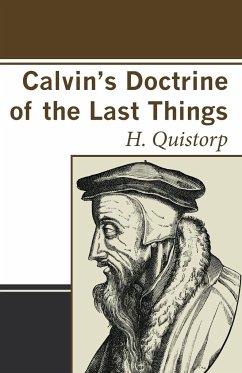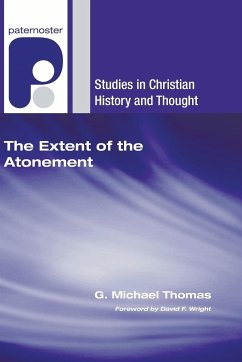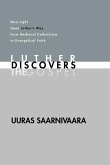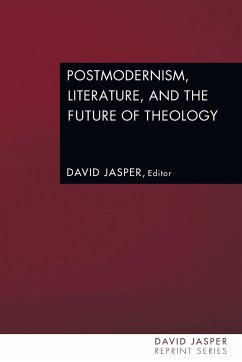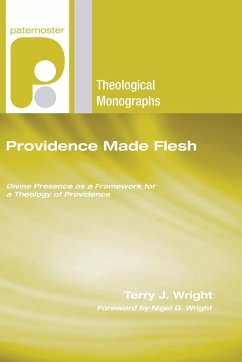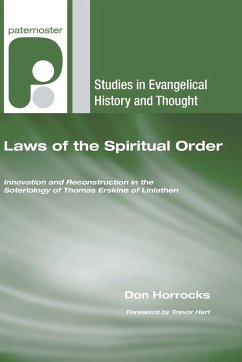During the sixteenth-century reformations, Caspar Schwenckfeld was one of the mavericks and creative thinkers who made up the amorphous grouping of radicals. At the time, and since, much has been made of the number of women who were attracted to his theology. Various reasons for this have been suggested, ranging from the attractions of a well spoken nobleman through to the pull of a more domestic religion. This study argues that the attraction lay in the theology that Schwenckfeld explored and offered, and the ways in which it destabilized the accepted social and biological definitions of gender identity. ""This ground-breaking study makes careful use of gender analysis to demonstrate that Schwenckfeld's theology played a significant role in attracting women to his inner circle. It is a welcome addition to the history of women and religion."" --Linda Wilson, Distance Learning Tutor, University of Gloucestershire, UK ""This remarkable book sets out the gender dynamics of Caspar Schwenckfeld's extraordinary theology, showing us why it was that so many women were attracted to his teaching. Bringing history and theology together, Gouldbourne establishes how the dualism of flesh and spirit structured Schwenckfeld's thought, what this meant for his views of women, and how his views make sense in relation to sixteenth-century views of biology. This is church history at its best. Gouldbourne makes the complex ideas of this misunderstood reformer accessible, and in the process, sheds new light on the Reformation."" --Lyndal Roper, Fellow and Tutor in History, Balliol College, Oxford Ruth Gouldbourne is minister of Bloomsbury Central Baptist Church, London. When not working her interests include reading, theatre, and rugby. She is married to the infinitely patient Ian.
Hinweis: Dieser Artikel kann nur an eine deutsche Lieferadresse ausgeliefert werden.
Hinweis: Dieser Artikel kann nur an eine deutsche Lieferadresse ausgeliefert werden.

